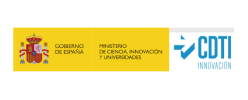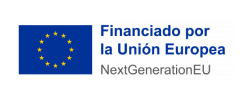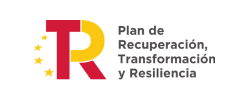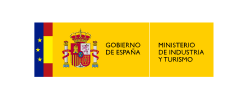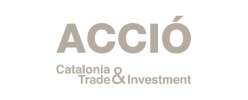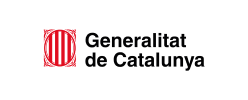Make your products circular
We help you plan and manage the recovery of your products in an orderly and transparent manner.
Keep them from becoming waste!
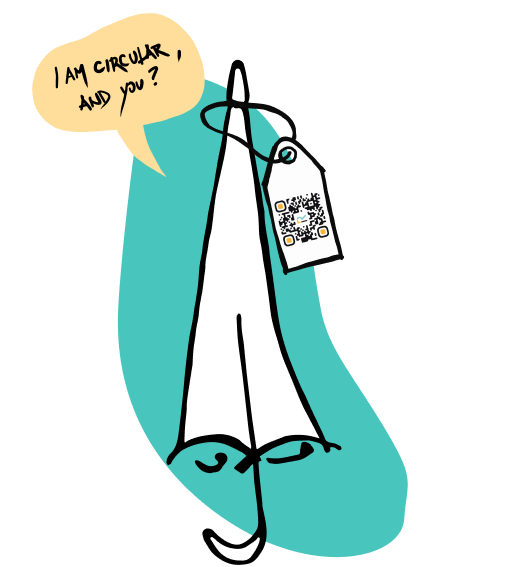
Why circularising products and become a Reviver?
Revivers Producers get many many benefits apart from contributing to the reduction of waste and CO2 emissions.
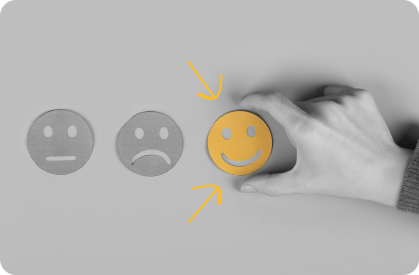
Engage customers
Your increasingly committed customers feel that you are actively contributing to reducing their waste in an easy and transparent way.
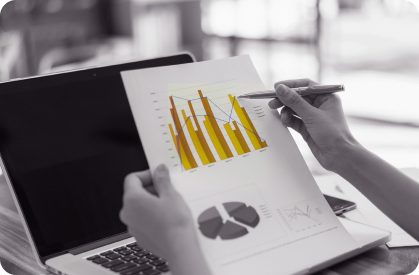
Increase sales
You will be able to increase your sales thanks to new strategic alliances and the rewards you offer to your donors.
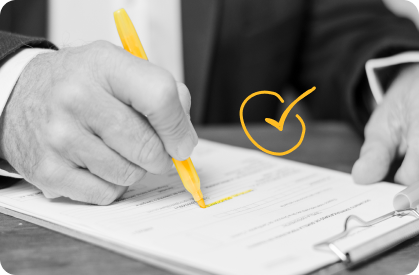
Comply with the law
Be among the first to comply with the European Directives about the Extended Producer Responsibility.

Facilitates ecodesign
Circularisation allows you to get to know your product better and make the necessary adjustments to design more efficient and sustainable products.
How to plan and manage the recovery of your products?
Making your products circular is much easier than it sounds. We accompany you in this extraordinary process. Ready for the journey?
Choose and understand your product
The first step for a product to be circular is to know its composition and to understand which processes to follow to recover its materials and components. We support you in this first step.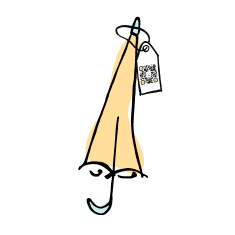
Plan the recovery of your items
Knowing in advance who and how can separate your product components and recycle them afterwards is key.. We help you to research and find the right recovery companies in different geographical areas.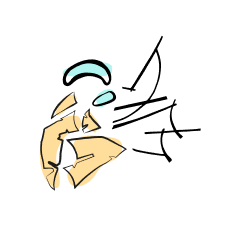
Design how to rescue unwanted items
Design and activate your own return routes (such as collection or shipping points) for unwanted items in order to make it easy for your customers. If you also offer them rewards in the form of a discount, you will get them to buy a new product and strengthen their loyalty.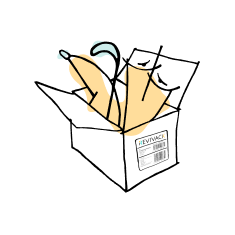
Activate the recovery chains
In parallel, invite and establish agreements with your recovery partners to be part of the blockchain-based 3TR chain. Once the process is designed, all you have to do is activate it.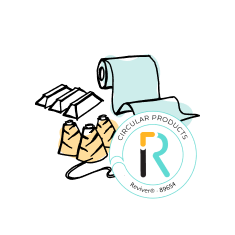
Boast traceability
As you receive and flow your unwanted items, the activity will be transparently reflected on your Revivack product page, thanks to blockchain technology. Choose the parameters you are most interested in displaying and promote it to your customers – they will be impressed!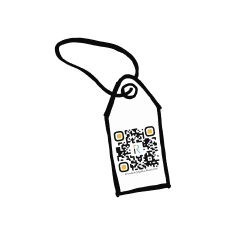
Get your certification and become a Reviver

Get your certification and become a Reviver
It is awarded when your company is involved in the collection of discarded items and their transparent recovery. This certification allows you to join the Revivack system and use our technology based on automated reverse logistics and blockchain to receive and trace your unwanted items. This label is based on The Returnable Certified Product Standard RE21.10® and has been recognized by leading organizations.
What do governing entities say about the producer responsibility?

European Directive
Article 27 2018/851
Paris Agreement
Ovais Sarmad, UN Climate Change Deputy Executive Secretary
Sustainable Development
Goal 12: Ensure sustainable consumption and production patterns❞Directive (EU) 2018/851 of the European Parliament and of the Council of 30 May 2018 amending Directive 2008/98/EC on waste.
“The introduction of extended producer responsibility means to support the design and manufacture of goods that fully take into account and facilitate the efficient use of resources throughout their life cycle, including their repair, re-use, dismantling and subsequent recycling, without impairing the free movement of goods in the internal market”.❞The shift to a circular economy is essential to achieve the goals of the Paris Agreement
“The Paris Agreement calls for a transformation of production and consumption patterns towards a circular economy principles, which means avoiding over-consumption, waste and the use of fossil fuels by leasing, reusing, repairing and recycling existing materials and products.”❞Guarantee sustainable consumption and production patterns
“Achieve the sustainable management and efficient use of natural resources, substantially reduce waste generation through prevention, reduction, recycling, and reuse.”These directives may seem like a burden, but at Revivack we turn them into an opportunity. Get ahead of the curve and build customer loyalty by certifying your products and recovering them.
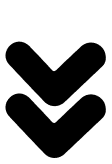
Tech partners
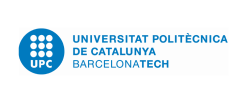
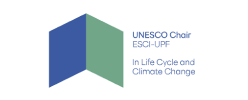
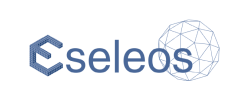
Supporters
